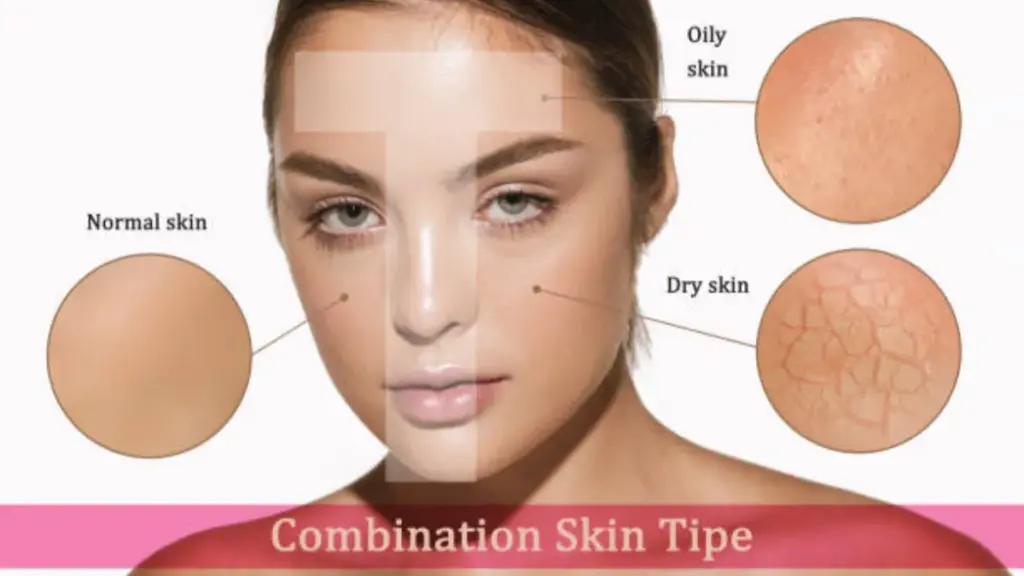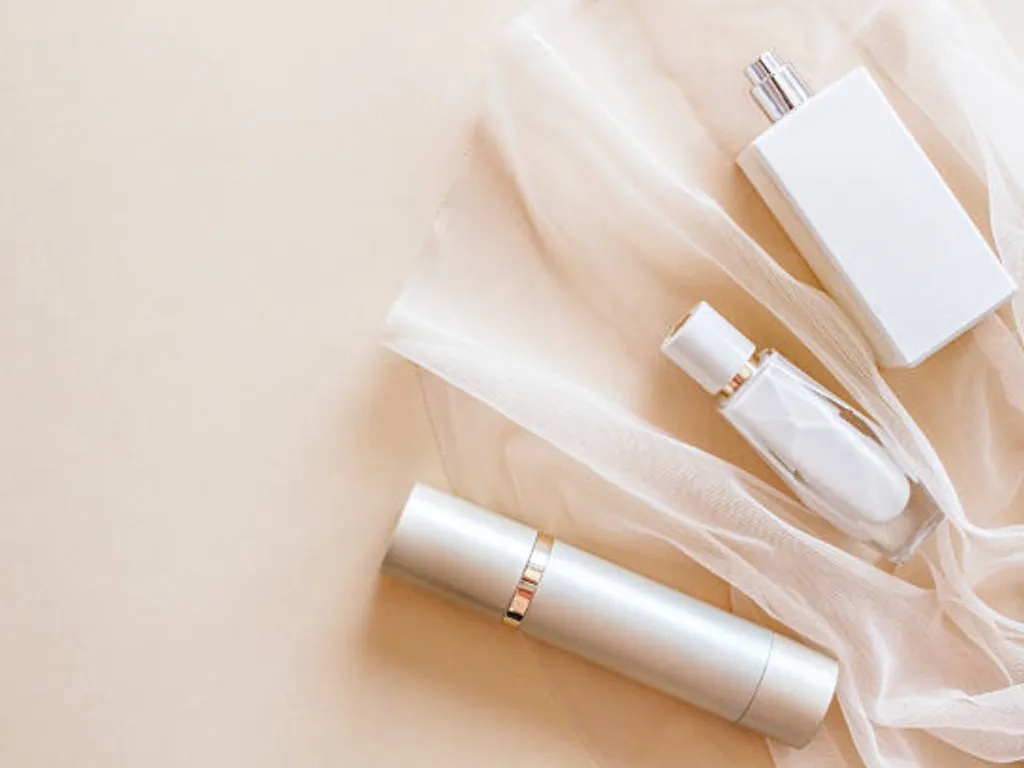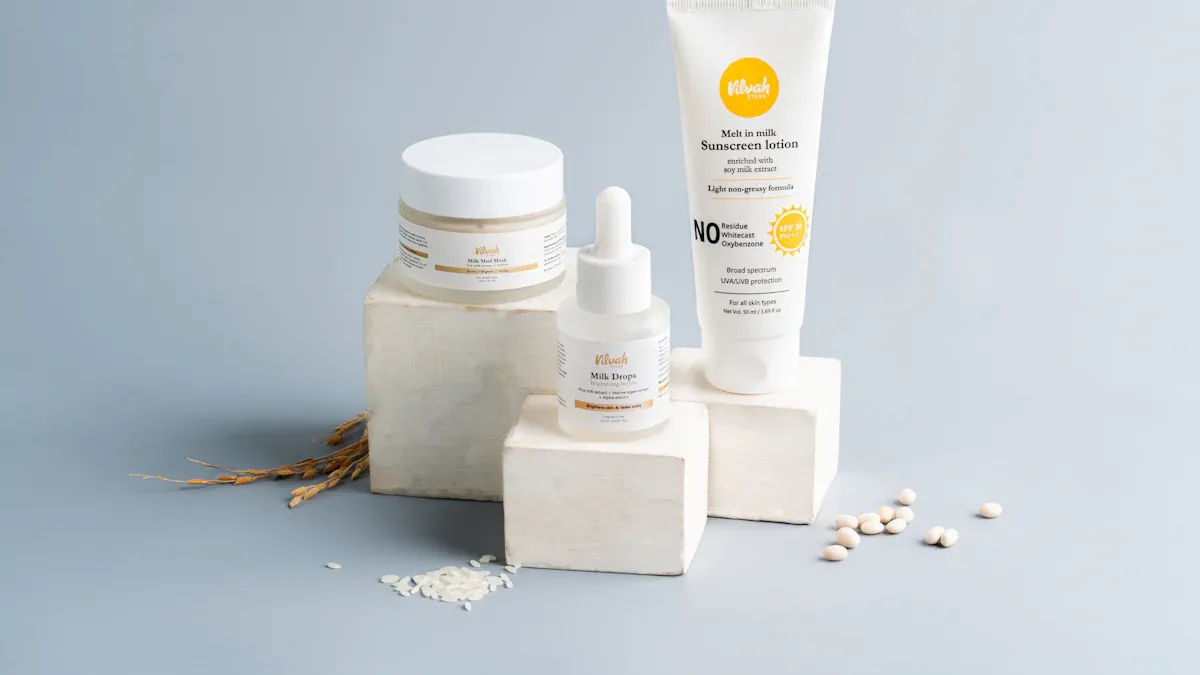
The demand for creating products that tackle multiple skin concerns has never been higher. Why? People want simpler skincare routines that still deliver results. With the global skincare market expected to reach $212.96 billion by 2032, it’s clear that consumers are looking for innovation and multi-functional skincare solutions.
Imagine finding one product that hydrates, brightens, and soothes your skin. That’s the goal of effective skincare today. Choosing the right products means focusing on clean beauty, using natural ingredients, and prioritizing skin health. Personalized formulations and sustainable practices make these products even more appealing. By combining science and creativity, brands can redefine skincare routines while treating multiple skin concerns.
Identifying Common Skin Concerns
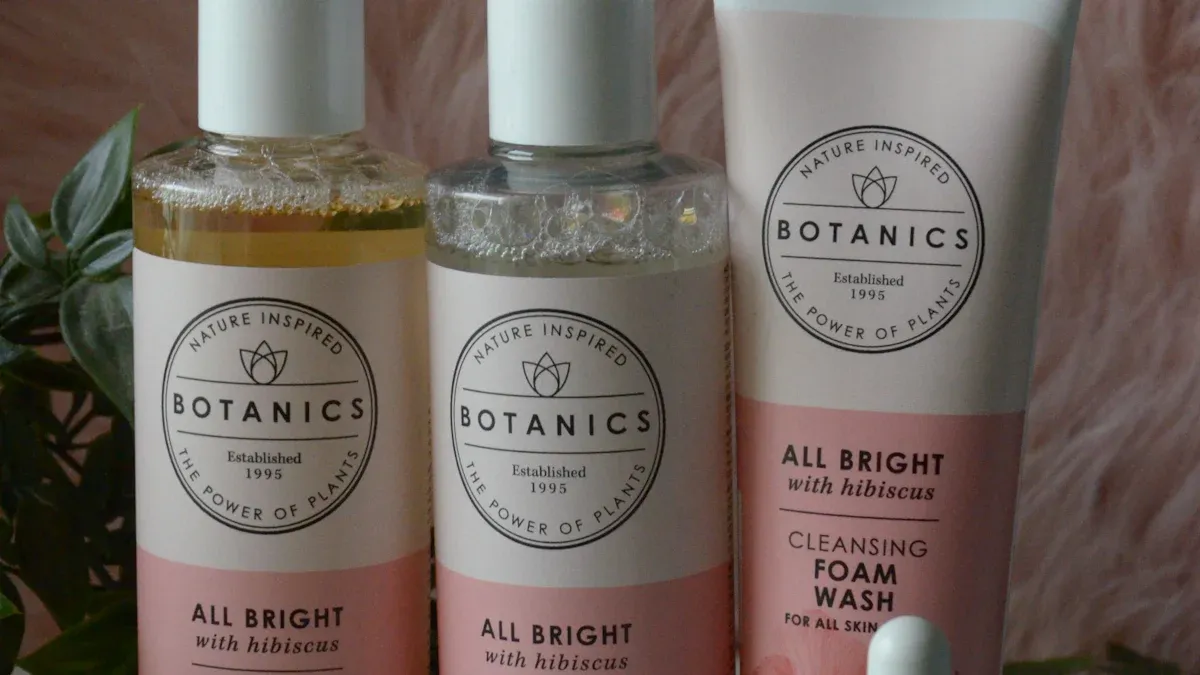
When it comes to skincare, understanding common skin concerns is crucial. Let’s dive into some of the most prevalent issues people face.
Dehydration and Dryness
Dehydration and dryness are common skin concerns that can affect anyone, regardless of age. Did you know that a National Health and Nutrition survey in the USA found a 54% prevalence of dehydration among individuals aged 6–19 years? This highlights the importance of keeping your skin hydrated. Products with ingredients like hyaluronic acid can help lock in moisture, giving your skin a plump and healthy appearance.
Hyperpigmentation and Uneven Skin Tone
Hyperpigmentation and uneven skin tone can be frustrating. They often result from sun exposure, hormonal changes, or inflammation. A study shows that more than 50% of people are concerned about pigmentation, with this number increasing to 80% after the age of 35. Using products with niacinamide or vitamin C can help brighten your skin and even out your complexion. These ingredients work wonders in reducing dark spots and promoting a more uniform skin tone.
Acne and Breakouts
Acne and breakouts are not just teenage problems. They affect approximately 9.4% of the global population, making acne the eighth most prevalent disease worldwide. Interestingly, acne is most common in postpubescent teens, with boys more frequently affected. Factors like diet, smoking, and skin type can influence acne occurrence. To combat this, look for products containing salicylic acid or retinol. These ingredients help unclog pores and reduce inflammation, keeping your skin clear and healthy.
Understanding these common skin concerns allows you to choose the right skincare products. By addressing dehydration, hyperpigmentation, and acne, you can achieve healthier, more radiant skin.
Redness and Sensitivity
Redness and sensitivity can make your skin feel uncomfortable and look uneven. If you’ve ever experienced facial redness or itchiness, you’re not alone. Sensitive skin is more common than you might think, especially in certain weather conditions or stressful situations. Cold, windy weather often leads to facial itch for over 54% of people, while stress can cause itchiness in nearly 70% of cases.
Sensitive skin doesn’t affect everyone equally. Oily or combination skin types tend to experience redness more frequently than normal or dry skin. The table below highlights how different skin types and conditions influence sensitivity:
Skin Type | Frequency of Sensitive Skin | Common Symptoms Reported |
|---|---|---|
Oily/Combination (Face) | More frequent | Facial redness (51.7%) |
Normal/Dry (Face) | Less frequent | – |
Oily (Body) | More frequent | – |
Normal/Dry (Body) | Less frequent | – |
Combined (Body) | Similar frequencies | – |
Different Face/Body | More frequent | – |
Cold/Windy Weather | High prevalence | Facial itch (54.8%) |
Hot/Dry Weather | Moderate prevalence | Facial itch (41.97%) |
Stress | High prevalence | Itch (69.2%) |
Pre-existing Conditions | High prevalence | Dry/flaky skin (65.4%) |
To calm redness and sensitivity, look for skincare products with soothing ingredients like aloe vera, chamomile, or ceramides. These ingredients help repair your skin’s barrier and reduce irritation. You’ll feel more comfortable and confident when your skin looks balanced and healthy.
Aging and Fine Lines
Aging is a natural process, but fine lines and wrinkles can make you wonder how to keep your skin looking youthful. As you age, your skin loses elasticity and collagen, leading to visible signs of aging. This happens faster if your skin is exposed to UV rays or pollution.
The good news? Skincare products with anti-aging ingredients can help. Retinol is a powerful option that boosts collagen production and smooths out fine lines. Peptides are another great choice. They firm your skin and repair damage over time.
Hydration also plays a big role in keeping your skin youthful. Hyaluronic acid plumps your skin and reduces the appearance of wrinkles. When combined with antioxidants like vitamin C, these ingredients protect your skin from environmental stressors and promote a radiant glow.
If you want to tackle aging and fine lines, choose multi-functional products that combine hydration, repair, and protection. These products simplify your routine while delivering visible results. You’ll love how your skin feels firmer and looks brighter.
Selecting Multi-Tasking Ingredients
When it comes to creating multi-functional skincare products, choosing the right multi-tasking ingredients is key. These active ingredients work hard to deliver maximum results, addressing multiple skin concerns in one go. Let’s explore some of the most effective options.
Niacinamide: A Versatile Ingredient for Brightening and Hydration
Niacinamide is a powerhouse ingredient that deserves a spot in your skincare routine. It’s known for its ability to brighten your skin and improve hydration. This organic skincare gem strengthens your skin barrier by promoting the production of ceramides and elastin. A stronger barrier means less water loss and more hydrated skin.
Niacinamide also tackles hyperpigmentation like a pro. It prevents melanin from transferring to surface skin cells, reducing dark spots and uneven tone. Clinical studies show that niacinamide can fade discoloration and leave your skin looking radiant. Plus, it’s soothing and gentle, making it perfect for sensitive skin.
If you’re looking for optimal results, choose products with niacinamide. You’ll enjoy brighter, hydrated skin that feels healthy and balanced.
Hyaluronic Acid: Hydration and Plumping
Hyaluronic acid is a hydration hero. This natural ingredient attracts water to your skin, keeping it plump and moisturized. It’s like giving your skin a big drink of water. Whether you have dry or dehydrated skin, hyaluronic acid works wonders by locking in moisture and improving elasticity.
This ingredient doesn’t just hydrate—it also helps reduce the appearance of fine lines and wrinkles. By plumping your skin, it smooths out imperfections and gives you a youthful glow. Many organic skincare products include hyaluronic acid because it’s effective and gentle.
For maximum results, look for multi-functional skincare products that combine hyaluronic acid with other active ingredients. You’ll love how your skin feels soft, smooth, and refreshed.
AHAs: Exfoliation and Skin Renewal
Alpha Hydroxy Acids (AHAs) are your go-to for exfoliation and skin renewal. These natural ingredients, like glycolic acid and lactic acid, gently remove dead skin cells. By loosening the bonds between skin layers, AHAs promote cell turnover and reveal a brighter, more even complexion.
AHAs don’t just exfoliate—they also improve hydration and reduce signs of aging. They smooth out rough texture and help your skin absorb other active ingredients more effectively. Organic skincare products with AHAs deliver optimal results by combining exfoliation with hydration and renewal.
If you want glowing skin, choose products with AHAs. They’ll leave your skin feeling fresh, smooth, and rejuvenated.
Retinol: Anti-Aging and Acne Control
Retinol is like the Swiss Army knife of skincare. It’s one of the most effective ingredients for tackling both aging and acne. If you’re looking for smoother, clearer skin, this powerhouse ingredient deserves a spot in your routine.
So, how does it work? Retinol is a derivative of vitamin A that speeds up cell turnover. This means it helps your skin shed dead cells faster, revealing fresh, glowing skin underneath. For anti-aging, retinol boosts collagen production, which reduces fine lines and wrinkles. It also improves elasticity, making your skin look firmer and more youthful.
When it comes to acne, retinol works by unclogging pores and reducing inflammation. This helps prevent breakouts and keeps your skin clear. Plus, it minimizes the appearance of acne scars over time.
Here’s a quick look at what retinol can do for your skin:
Improvement Type | Measurement | Result |
|---|---|---|
Skin Hydration | After one application | |
Skin Elasticity | 20% over baseline | After one application |
Continuous Use Hydration | Over twofold | After 8 weeks |
Continuous Use Elasticity | Threefold | After 8 weeks |
Relapse Rate | 15% of subjects | After 12-month study |
If you’re new to retinol, start slow. Use it once or twice a week to let your skin adjust. Pair it with a hydrating ingredient like hyaluronic acid to keep your skin moisturized. And don’t forget sunscreen! Retinol can make your skin more sensitive to the sun.
Peptides: Firming and Repairing Skin
Peptides are like tiny messengers for your skin. They send signals to your cells, telling them to produce more collagen and repair damage. If you want firmer, healthier skin, peptides are a must-have in your skincare routine.
What makes peptides so special? They’re short chains of amino acids that act as building blocks for proteins like collagen and elastin. These proteins are essential for keeping your skin firm and elastic. As you age, your body produces less collagen, leading to sagging and wrinkles. Peptides step in to stimulate collagen production, helping your skin stay youthful and resilient.
Research backs up their effectiveness. Clinical studies show that peptides improve fine lines, wrinkles, and skin elasticity. They also strengthen your skin barrier, which protects against environmental damage and locks in moisture.
Here’s a breakdown of what peptides can do:
Benefit | Evidence Source |
|---|---|
Multiple clinical studies reveal copper peptides impart substantial improvements in fine lines/wrinkles, skin thickness, elasticity, firmness, and even photodamage. source | |
Stimulating collagen production | Peptides send bioactive signals to cells to stimulate fibroblast growth and collagen production to enhance skin firmness and elasticity. source |
Inhibiting collagen degradation | Peptides inhibit enzymes that degrade collagen to prevent further signs of aging. source |
Reducing fine lines and wrinkles | Acetyl hexapeptide-8 and peptides containing palmitoyl pentapeptide show measurable anti-aging effects on wrinkles, skin roughness, and integrity of supporting structures in quality clinical research. source |
Peptides help repair the skin barrier and increase collagen production, leading to improved elasticity. source | |
Strengthening skin barrier | Peptides help repair and strengthen the skin barrier, keeping it hydrated and protected. source |
Why should you care about peptides? They’re gentle, effective, and work well with other ingredients. You can find them in many organic skincare products designed to firm and repair your skin. Look for multi-functional skincare products that combine peptides with hydrating ingredients like hyaluronic acid. This combo gives you the best of both worlds—hydration and repair.
Pro Tip: Use peptide-based products consistently for the best results. Over time, you’ll notice firmer, smoother skin that feels more resilient.
Formulation Techniques for Multiple Skin Issues
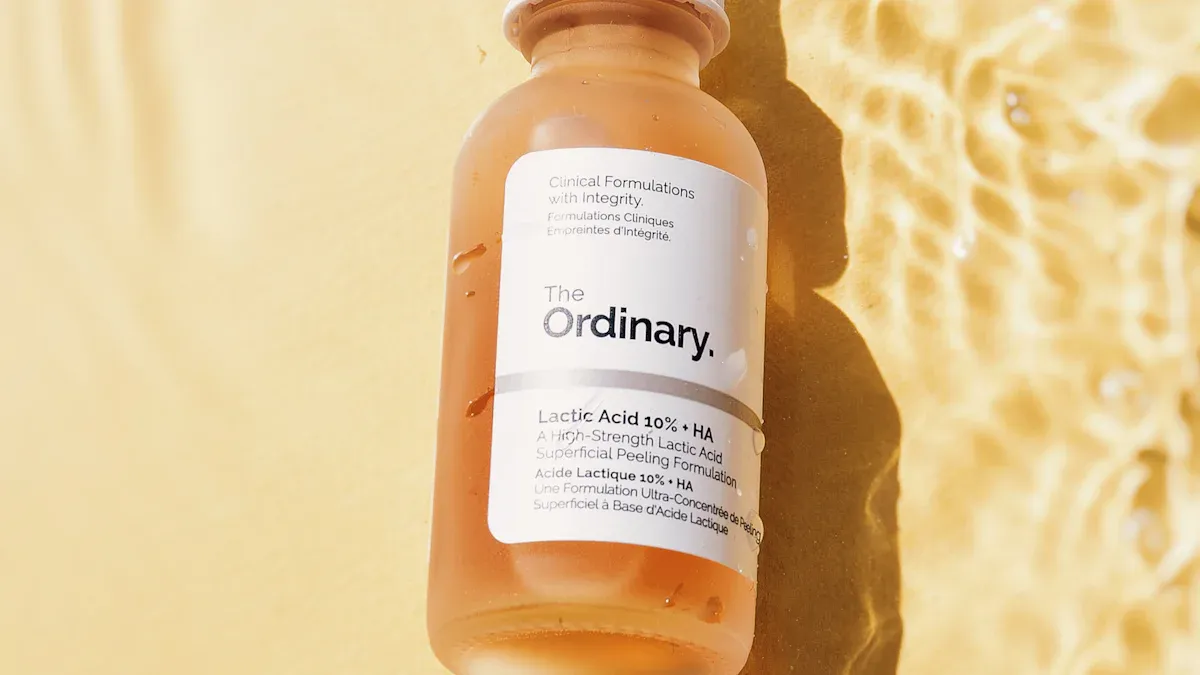
Creating skincare products that address multiple skin issues requires thoughtful formulation techniques. You need to ensure that active ingredients work harmoniously while delivering maximum benefits. Let’s explore some strategies to achieve this.
Layering Ingredients for Maximum Efficacy
Layering ingredients is a smart way to enhance the efficacy of skincare products. By combining active ingredients in a specific sequence, you can target multiple skin concerns simultaneously. For example, layering hydrating ingredients like hyaluronic acid with exfoliating AHAs can improve both hydration and skin renewal.
Clinical Insight:
A series of experiments assessed the effects of varying application regimens of active ingredients on dermal matrix components using human dermal fibroblasts and 3D organotypic skin models. The study found that ingredients applied in rotation resulted in greater pro-collagen I production compared to continuous application of either ingredient alone. This was confirmed through ex vivo skin models and in vivo human volunteer biopsy studies, demonstrating the importance of layering for enhanced efficacy.
When layering ingredients, consider their absorption rates and compatibility. Start with lightweight, water-based ingredients and finish with heavier, oil-based ones. This ensures optimal penetration and avoids product pilling. You’ll love how layering transforms your skincare routine into a powerhouse for tackling multiple skin issues.
Balancing Ingredient Compatibility and Stability
Balancing ingredient compatibility and stability is crucial for creating effective skincare products. Some ingredients can lose their potency or cause irritation if combined improperly. To avoid this, focus on selecting ingredients that complement each other and remain stable over time.
Here are some strategies for achieving balance:
Choose between natural and synthetic ingredients based on stability. For instance, ascorbic acid is unstable in water, but ascorbyl glucoside is shelf-stable.
Use antioxidants like Vitamin E and rosemary extract to preserve product integrity and protect skin health.
Select proper emulsifiers to stabilize oil-in-water and water-in-oil formulations.
Opt for opaque, airless pumps to shield sensitive ingredients from light and air exposure.
Conduct accelerated stability testing to predict shelf life and identify vulnerabilities.
Ensure a pleasant texture and scent to enhance user experience.
By following these steps, you can create skincare products that are both effective and enjoyable to use. Balancing compatibility and stability ensures your products deliver consistent results for multiple skin issues.
Adjusting pH Levels for Optimal Performance
The pH level of skincare products plays a significant role in their effectiveness. Your skin has a natural pH of around 4.7 to 5.5, which is slightly acidic. Products with a pH that matches or complements this range can improve absorption and reduce irritation.
Scientific studies highlight the importance of pH adjustment:
Study Description | Findings |
|---|---|
Inflammatory lesions with alkaline vs. acidic cleansers | Increased lesions in alkaline soap group; decreased in acidic syndet group after 4 weeks |
Topical acidic preparations on eczema | Improved eczema scores in murine model with topical acids |
Significant improvement in skin barrier function and reduced sensitivity after 4 weeks of application |
When formulating products, test their pH levels to ensure they align with your skin’s needs. For example, acidic cleansers can help reduce acne and inflammation, while slightly alkaline formulations may be better for hydration. Adjusting pH levels allows you to create products that work harmoniously with your skin, addressing multiple skin issues effectively.
Cocktailing Ingredients Without Compromising Safety
Creating skincare products that address multiple concerns often involves combining active ingredients, a process known as “cocktailing.” While this approach can deliver impressive results, it’s essential to ensure safety and maintain the effectiveness of each ingredient. You don’t want a product that irritates your skin or loses its potency because the ingredients clash.
So, how can you safely cocktail ingredients? It starts with understanding how they interact. Some ingredients, like Vitamin C and peptides, work beautifully together to brighten your skin and improve elasticity. Others, like retinol and AHAs, may cause irritation if combined improperly. The key is to pair ingredients that complement each other while avoiding combinations that could destabilize the formula or harm your skin.
Here’s a look at some research-backed ingredient cocktails that deliver results without compromising safety:
Study Title | Key Findings | Active Ingredients |
|---|---|---|
Reduced pigmentation and inflammation | Vitamin C, E, Neohesperidine, Maritime Pine Polyphenols | |
Peptides with Vitamin C for Skin Aging | Improved wrinkles, skin renewal, and radiance | Peptides, Vitamin C |
Topical Serum Efficacy | Clinically effective for aging with a good safety profile | 15% L-Ascorbic Acid, Neohesperidin, Pycnogenol, Tocopherol, Hyaluronic Acid |
When formulating or choosing skincare products, look for these proven combinations. They not only tackle multiple skin concerns but also ensure your skin stays healthy and irritation-free. If you’re layering products at home, start with water-based serums and finish with oil-based ones to maximize absorption and minimize conflicts.
Pro Tip: Always patch-test new products before applying them to your face. This helps you avoid unexpected reactions and ensures the cocktail is safe for your skin.
Incorporating Advanced Delivery Systems for Better Absorption
Even the best ingredients won’t work if they don’t reach the right layers of your skin. That’s where advanced delivery systems come in. These technologies enhance absorption, ensuring active ingredients penetrate deeply and work effectively.
Modern skincare formulations use innovative delivery methods to improve results. For example:
Nanotechnology: Tiny particles, like liposomes and nanoparticles, encapsulate ingredients, making them easier to absorb and more targeted in their action.
Self-emulsifying systems: These create fine nanoemulsions that improve solubility and absorption, especially for oil-based ingredients.
Lipid-based carriers: Solid lipid nanoparticles distribute ingredients evenly and reduce their breakdown before they reach your skin.
These systems don’t just improve absorption—they also make products more efficient. Imagine a moisturizer that not only hydrates your skin but also delivers antioxidants directly to the cells that need them most. That’s the power of advanced delivery systems.
Here’s a quick breakdown of how these technologies work:
Self-emulsifying systems form nanoemulsions, boosting solubility.
Liquisolid formulations turn liquids into powders, improving dissolution rates.
Nanotechnology encapsulates ingredients, enhancing absorption and targeting.
Lipid-based carriers reduce ingredient breakdown and improve distribution.
When shopping for skincare products, look for terms like “liposomes,” “nanoparticles,” or “advanced delivery systems” on the label. These innovations ensure you’re getting the most out of your products, helping you tackle multiple skin concerns with ease.
Did You Know? The development of advanced formulations, like those used in RINVOQ (upadacitinib), has revolutionized how ingredients are delivered, significantly improving their bioavailability and effectiveness.
By combining the right ingredients with cutting-edge delivery systems, you can create or choose skincare products that truly transform your skin. Whether you’re targeting hydration, anti-aging, or brightening, these technologies ensure every drop of your product works harder for you.
Sustainability and Market Trends in Skincare
Eco-Friendly Ingredient Sourcing
Sustainability starts with the ingredients in your skincare products. You’ve probably noticed more brands highlighting their use of organic and natural ingredients. This shift isn’t just a trend—it’s a response to growing environmental concerns and consumer demand. People want transparency. They want to know where ingredients come from and how they’re sourced.
Many consumers are even willing to pay more for sustainably sourced products. Why? Because they care about the environment and their health. Organic ingredients, free from synthetic chemicals, are better for your skin and the planet. Plus, they align with stricter regulations, like California’s Toxic-Free Cosmetics Act, which bans harmful chemicals in beauty products.
By choosing products with eco-friendly ingredients, you’re not just caring for your skin—you’re supporting sustainability. It’s a win-win for you and the environment.
Sustainable Packaging Solutions
Packaging plays a huge role in sustainability. Think about how much waste comes from single-use plastics in skincare. Now imagine replacing that with biodegradable materials. These break down naturally, reducing pollution and environmental impact.
Brands are stepping up with innovative solutions. Some use lighter materials to cut down on fuel consumption during shipping. Others adopt biodegradable packaging, which aligns with consumer demand for eco-friendly options. These changes don’t just help the planet—they also improve operational efficiency for companies.
When you choose products with sustainable packaging, you’re making a difference. You’re reducing waste and encouraging brands to keep innovating. Every small step counts toward a healthier planet.
Consumer Demand for Simplified Routines
Let’s face it—life is busy. That’s why multi-functional skincare products are so popular. They simplify your routine by combining multiple steps into one product. Instead of juggling a cleanser, moisturizer, and serum, you can use one product that does it all.
This shift isn’t just about convenience. It’s also about value. Consumers are prioritizing essential products and cutting back on complex routines. The US facial skincare market, projected to hit $12,107 billion by 2025, reflects this trend. People want high-quality, cost-effective solutions that fit their lifestyle.
Multi-functional skincare products also support sustainability. Fewer products mean less packaging waste. By choosing these, you’re not only saving time and money but also helping the environment. It’s a smarter way to care for your skin and the planet.
Cost-Effective Production Practices
Creating high-quality skincare products doesn’t have to break the bank. By adopting cost-effective production practices, you can maintain profitability while delivering exceptional value to your customers. Let’s explore some strategies that make this possible.
One way to cut costs is by optimizing production processes. Streamlining workflows reduces labor expenses and boosts efficiency. For example, automating repetitive tasks or using advanced machinery can save time and money. Another smart move is sourcing economical raw materials. You don’t have to compromise on quality—just find reliable suppliers who offer competitive pricing.
Bulk purchasing is another game-changer. When you buy raw materials in larger quantities, you often get significant discounts. This approach not only lowers costs but also ensures you have enough stock to meet demand. Plus, implementing sustainable practices can save money in the long run. Eco-friendly methods, like reducing energy consumption or recycling waste, appeal to environmentally conscious consumers while cutting operational expenses.
Here’s a quick look at how these techniques impact profitability:
Cost Management Technique | Description |
|---|---|
Optimizing Production Processes | Streamlining production can reduce labor costs and improve efficiency. |
Sourcing Economical Raw Materials | Finding cost-effective suppliers for raw materials without compromising quality is essential. |
Leveraging Bulk Purchasing | Purchasing raw materials in bulk can lead to significant cost savings. |
Sustainable Practices | Implementing sustainable practices can lower costs in the long run and appeal to eco-conscious consumers. |
Did you know private label skincare brands often enjoy profit margins between 50% and 70%? That’s much higher than many other business models in the industry. By focusing on cost-effective practices, you can maximize profits while staying competitive in the market.
Innovations in Multi-Functional Skincare by Industry Leaders like Oully
When it comes to multi-functional skincare, innovation is the name of the game. Industry leaders like Oully are setting the standard by combining cutting-edge technology with sustainable practices. Their approach not only simplifies your skincare routine but also addresses multiple skin concerns in one go.
Oully’s advanced formulations use state-of-the-art delivery systems to enhance ingredient absorption. For instance, they incorporate nanotechnology to ensure active ingredients penetrate deeply into your skin. This means their products work harder and deliver faster results. They also focus on sustainability by sourcing eco-friendly ingredients and using biodegradable packaging. These efforts align with consumer demand for greener skincare options.
Another area where Oully shines is customization. They offer private label solutions that allow brands to create unique multi-functional skincare products tailored to their audience. Whether it’s a moisturizer that hydrates and brightens or a serum that fights acne and aging, Oully’s expertise makes it possible.
Their commitment to sustainability doesn’t stop there. Oully operates an FDA-, ISO-, and cGMP-certified facility, ensuring high-quality production standards. They also provide flexible low MOQ options, making it easier for smaller brands to enter the market. With a fast 108-day production turnaround, they help you bring your vision to life without delays.
By partnering with innovators like Oully, you can stay ahead of the curve. Their focus on sustainability, advanced technology, and customization ensures your products stand out in the competitive skincare market.
Creating skincare products that address multiple skin concerns is essential for meeting today’s consumer demands. By following these steps, you can develop effective solutions:
Identify common skin concerns like dryness, acne, and aging.
Select versatile ingredients such as niacinamide and peptides.
Apply advanced techniques like M.A.D Mapping, Cocktailing, and Stacking to maximize results.
Prioritize sustainability with eco-friendly sourcing and packaging.
A study revealed that formulations with multifunctional ingredients maintained stability and met ISO standards, proving their effectiveness and safety.
Partnering with experts like Oully ensures your products combine innovation, quality, and sustainability, helping you stand out in the competitive skincare market.
FAQ
What makes multi-functional skincare products effective?
Multi-functional skincare products combine active ingredients that target multiple concerns. For example, a moisturizer might hydrate your skin while reducing fine lines. These products simplify your routine and deliver visible results by addressing several issues at once.
Can I use multi-functional products if I have sensitive skin?
Yes, you can! Look for products with gentle ingredients like aloe vera or ceramides. These soothe your skin and reduce irritation. Always patch-test new products to ensure they work well for you.
How do I know if a product is sustainable?
Check the label for eco-friendly certifications or biodegradable packaging. Sustainable products often use natural ingredients and avoid harmful chemicals. Brands that prioritize sustainability usually share their practices openly.
Are advanced delivery systems safe for my skin?
Absolutely! Advanced delivery systems, like nanotechnology, enhance ingredient absorption without harming your skin. They ensure active ingredients reach deeper layers, making your skincare routine more effective.
How can I choose the right product for my skin type?
Identify your skin concerns first. Then, look for products with ingredients that address those issues. For example, hyaluronic acid works well for dry skin, while niacinamide suits oily or acne-prone skin.

